
Sr. Officer- Human Resources
HYDROPOWER AND RENEWABLE ENERGY INTEGRATION: HR CHALLENGES AND SOLUTIONS
Hydropower is one of the oldest and most reliable forms of renewable energy. It has been used for centuries to power mills, irrigation systems, and other mechanical devices. Today, hydropower is used to generate electricity on a large scale.
Nepal is a country that significantly relies on hydropower to meet its energy needs, with hydropower facilities generating more than 90% of the country’s total electricity-producing capacity. Nepal has the ability to develop over 40,000 MW of hydropower capacity, which could easily fulfill domestic needs and; further, generate and sell surplus electricity to neighboring South Asian countries. The scope of integrating hydropower and other renewable energy is growing rapidly as solar, wind, and hydropower projects are being developed at a record pace in recent years.
As the sector grows, human resources (HR) management is becoming increasingly important in capacity management and workforce planning in the first place. The industry requires a highly skilled workforce, but there is often a shortage of qualified workers. HR departments in the energy sector confront a number of challenges.
HR Challenges in Hydropower and Renewable Energy Industry
The shortage of skilled workforce is one of the most significant HR concerns in the hydropower and renewable energy industries. Many employments in this area necessitate specific training and experience, both of which can be difficult to come by. Whereas in Another issue that the industry confronts in the context of Nepal is that many of the trained and competent workforces seek better employment opportunities or look to settle overseas. The trend is common in developing countries, where access to training and quality education programs are limited.
The next issue is resulting from the quick technological advancement globally. The hydropower and renewable energy industries are continually evolving, with new technology and developments being introduced on a regular basis. This requires people’s ability to quickly adapt to new technology and processes.
Finally, there is the issue of retention. The hydropower and renewable energy industry is highly competitive, and many workers are attracted to other industries that offer higher salaries and better benefits. This can make it difficult for companies to retain their best employees.
HR Solutions for Hydropower and Renewable Energy Industry
To address these HR challenges, companies in the hydropower and renewable energy industry need to take a proactive approach to recruitment, training, and retention. Here are some solutions that can help:
- Invest in training and education programs.
Companies should work with local universities and vocational schools to develop training and education programs that focus on the skills needed in the hydropower and renewable energy industry. This can help to build a pipeline of qualified workers.
- Offer competitive salaries and benefits.
To attract and retain the best employees, companies need to offer competitive salaries and benefits packages. This can include things like health insurance, retirement plans, and flexible work arrangements.
- Provide opportunities for career growth.
Workers in the hydropower and renewable energy industry want to know that they have opportunities for career growth and advancement. Companies should provide clear career paths and opportunities for training and development.
- Embrace diversity and inclusion.
The hydropower and renewable energy industry needs to be more diverse and inclusive. Companies should work to attract and retain workers from a variety of backgrounds and cultures.
Governemnt and Hydropower Industry
Nepal is a country with a lot of potential for hydropower generation. According to the Ministry of Energy, Water Resources and Irrigation, Nepal has the potential to generate 83,000 MW of hydropower. However, the country is facing a shortage of skilled workers in the hydropower industry.
According to a study by the International Labour Organization (ILO), the hydropower industry in Nepal is facing a shortage of skilled workers in areas such as engineering, construction, and maintenance. The study also found that many workers in the hydropower industry are not receiving adequate training or education.
To address these challenges, the Nepali government and hydropower companies need to invest in training and education programs. They also need to offer competitive salaries and benefits to attract and retain the best workers. By taking a proactive approach to HR, Nepal can unlock the full potential of its hydropower industry and help to meet its energy needs in a sustainable way.
In conclusion, the hydropower and renewable energy integration industry is growing rapidly, and HR plays a crucial role in talent management and workforce planning. Nepal heavily relies on hydropower to meet its energy demands, and the country has the potential to produce over 40,000 MW of hydro generation capacity. However, Nepal’s hydropower sector is faced with multifaceted challenges ranging from technical, financial, and social to environmental. HR departments in the renewable energy industry can overcome challenges by attracting the right talent, retaining the workforce, capacity building for new projects, and mobility.




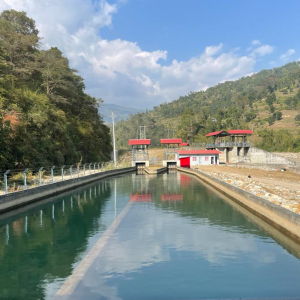
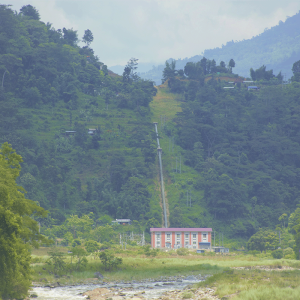
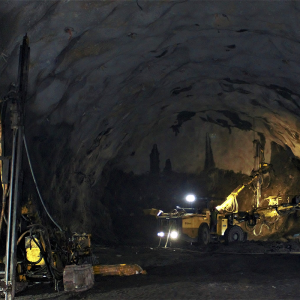
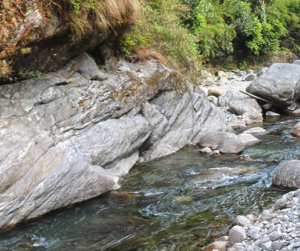
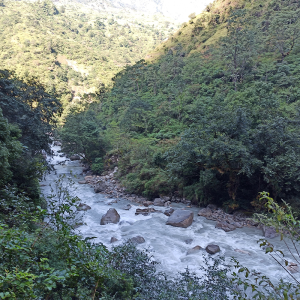
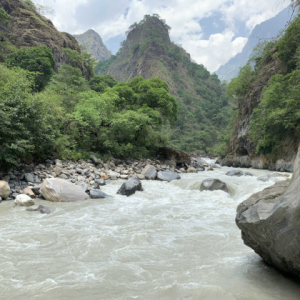
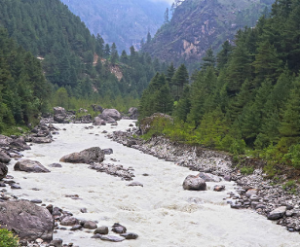

0 Comments